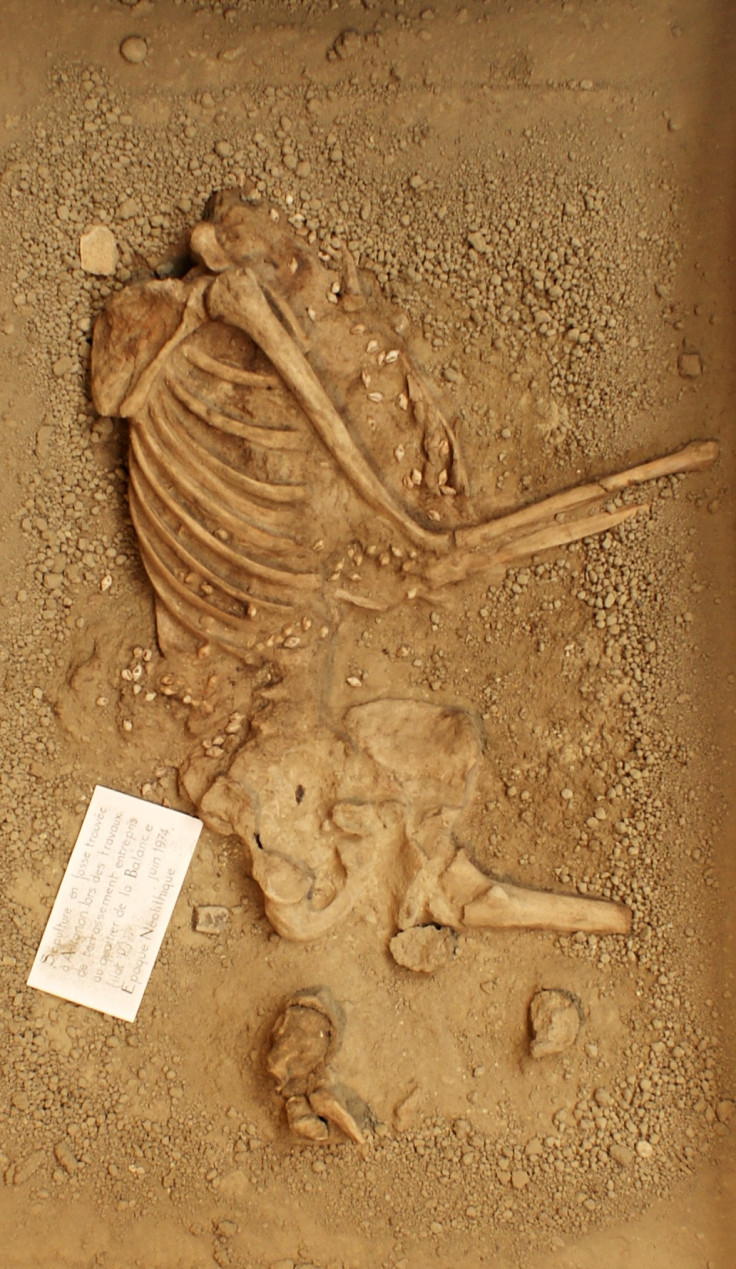Exceptional grave reveals 7,000-year-old garments Stone Age man was buried in
The ornate burial garment was decorated with sea shells and the teeth of red deer.
In the first study of its kind, archaeologists have identified the garment a body was buried in between 4950 and 4800 BCE in the Mediterranean, discovering details down to the embroidered design of seashells lining the jacket.
The body, belonging to an adult man between 20 and 50 years old and estimated to be 1.67 metres (about 5'5") tall, was buried in the 5th Millennium BCE in Avignon, southern France. The grave was first excavated in the 1970s, but has now gone through modern laboratory scrutiny to reveal the nature of the clothes the man was buried in, according to a paper published in the Journal of Field Archaeology.
Shells and teeth
The garment had sophisticated embroidery, with 158 conical seashells – of the species Columbella rustica – arranged in lines on what was thought to be a jacket or tunic. They are arranged in patterns, either all pointing up, all pointing down, or alternating in pairs.
The cloth of the garment has decayed, but the hard shells remain in their original alignment around the body. A total of 16 canine teeth from red deer are also found embroidered on the garment, which would have been sewn in at chest level. The shells may have been painted red, chemical analysis suggests.
"The presence of red deer canines is unique in the region, and the combination with columbella is unique too," study author Aurélie Zemour of Bordeaux Montaigne University told IBTimes UK.
Rare find
Although the researchers were able to reconstruct the design of the garment, much of the body itself is missing. The skull and most of the legs are gone, as are the hands. This was a mixture of modern and medieval destruction, the authors say, due to building a wall in recent times as well as digging a nearby pit in the Middle Ages. Parts of the severed forearm have been found in the pit.
"Burials like this are not so common, but there is a diversity of burial practices in this period," Zemour said.
"This burial is also important because there burial constructs containing grave goods are rare. But the materials worn by the dead here are obvious and ornaments are visible. The burial is exceptional."

© Copyright IBTimes 2025. All rights reserved.






















